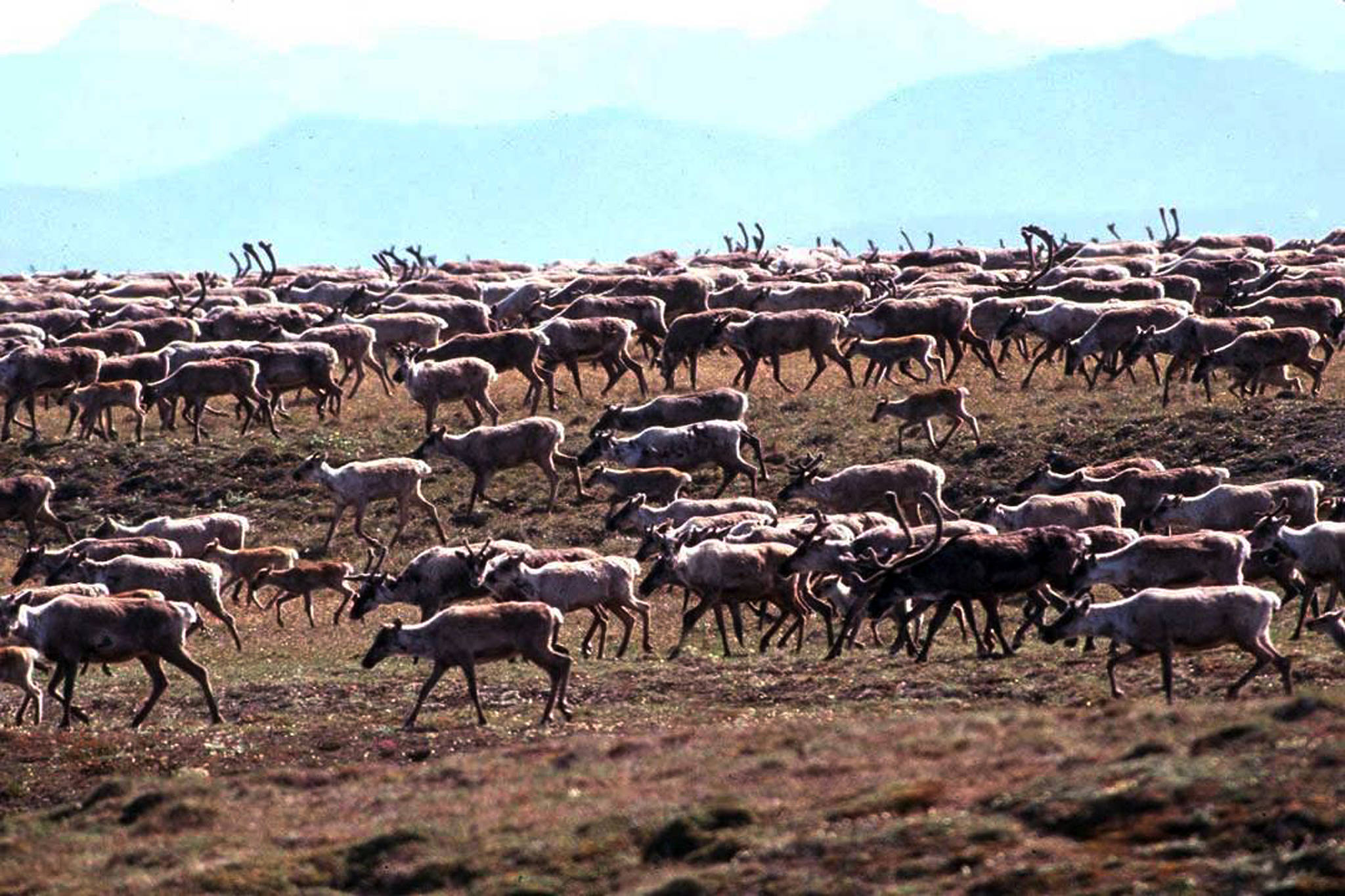Congress’ decision to allow drilling in ANWR as part of the GOP tax reform package is a monumental achievement. Green-lighting this project opens the door to future economic opportunities for the North Slope and gives our region the ability to “keep the lights on” in our communities for many years to come.
At the same time, ANWR development will be a significant undertaking, and lifting the drilling ban should create a revitalized sense of ownership for those of us who live in the Arctic — particularly for the residents of Kaktovik — who are now presented with a once-in-a-lifetime opportunity in helping to define a project that seemed like a mirage just two months ago.
For 40 years, Alaskans have campaigned Congress to consider exploration in the 1002 Area of ANWR, and North Slope locals have consistently fought for the right to make the ultimate decisions about drilling there. Rightfully so. After all, it is our backyard.
Now, with the congressional stamp of approval to pursue oil and gas leasing in the refuge our work is just beginning, and it’s time we start thinking about what that may look like.
The political process that lead to the final vote to open ANWR required the legislation to be stripped down to its bare financial bones, without any of the meat addressing environmental protections, subsistence use and access, community impact aid and other provisions that define our region’s stake in the venture. That said, Kaktovik and North Slope residents are now presented with the opportunity to drive important decisions moving forward, which will ultimately affect the financial and environmental sustainability of the region well into the future.
Voice of the Arctic Iñupiat (VOICE) believes that cultural and environmental protections can coexist with responsible resource development, but there is a balance that must be carefully managed. In this case, the key is meaningful consultation and collaboration between the Bureau of Land Management — the agency directing 1002 Area management — and local community residents and subsistence users.
To be clear, VOICE and its members were active in the “Open ANWR!” campaign and we remain committed to a process that ensures cultural and environmental measures are fully integrated into any lease agreements. The same goes for after lease sales; as we will continue to engage through every stage of the ANWR development process to ensure our input is heard and acted upon by local, state and federal agencies.
For starters, the Department of the Interior needs to delineate and ensure environmental standards for this project — both short- and long-term. Subsistence protections and access to lands that Kaktovik has asked for must also be upheld. And Congress needs to work toward additional legislation to ensure Kaktovik receives the impact aid and community support that has been promised to them for decades.
Regarding next steps, The Tax Cuts and Jobs Act directs the Secretary of Interior to conduct two lease sales on the Coastal Plain of ANWR over the next 10 years, the first occurring no later than four years from right now. It’s important to all of us on the North Slope that we get this right, and we have a much smaller window of opportunity than that to secure the safeguards we want. While we may be decades away from realizing any tangible benefits from ANWR, it’s the decisions made today that will shape our future, and we need to be the ones making those decisions.
Together, we have the ability to shape a project we can be proud of; our kids and grandkids can be proud of; a project that will employ thousands of our residents and change the trajectory of the region and the state for decades to come. But it’s up to us.
ANWR’s economic impact will be lasting and profound. We asked for it — fought for it even. So now we need to ensure it’s done in a way that protects our land and people and provides meaningful benefits to all involved. We know what’s best for our communities, and it’s what we do now that matters.
• Sayers Tuzroyluk is the president of Voice of the Arctic Iñupiat.

